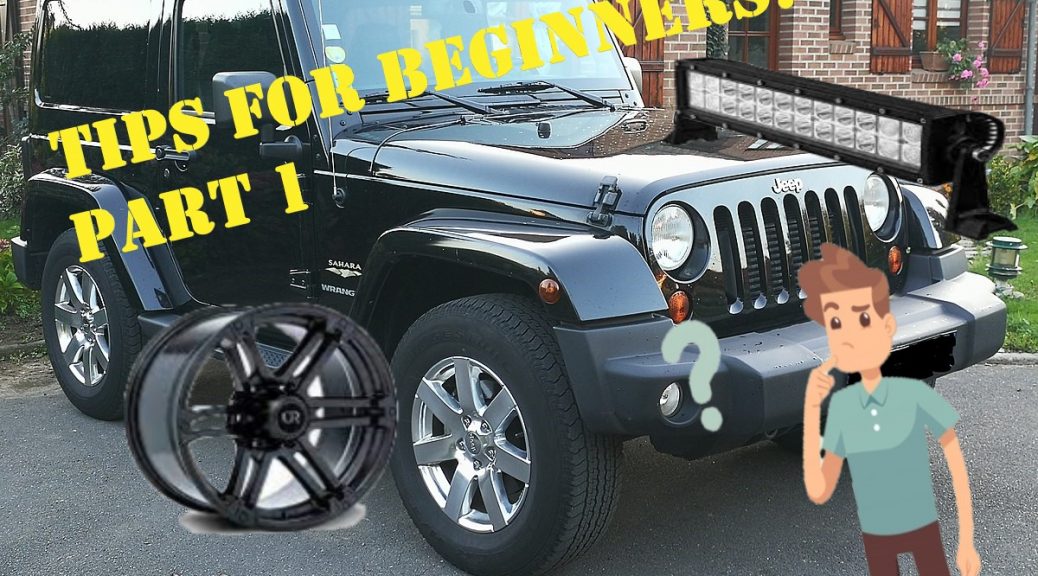TIPS FOR BEGINNERS! PART 1
We all know the expression “you have to learn to walk before you can run.” But, unfortunately, we often seem to forget this. Today, the image is more important than the result, and we want to do and have everything right away without spending too much money or time searching.
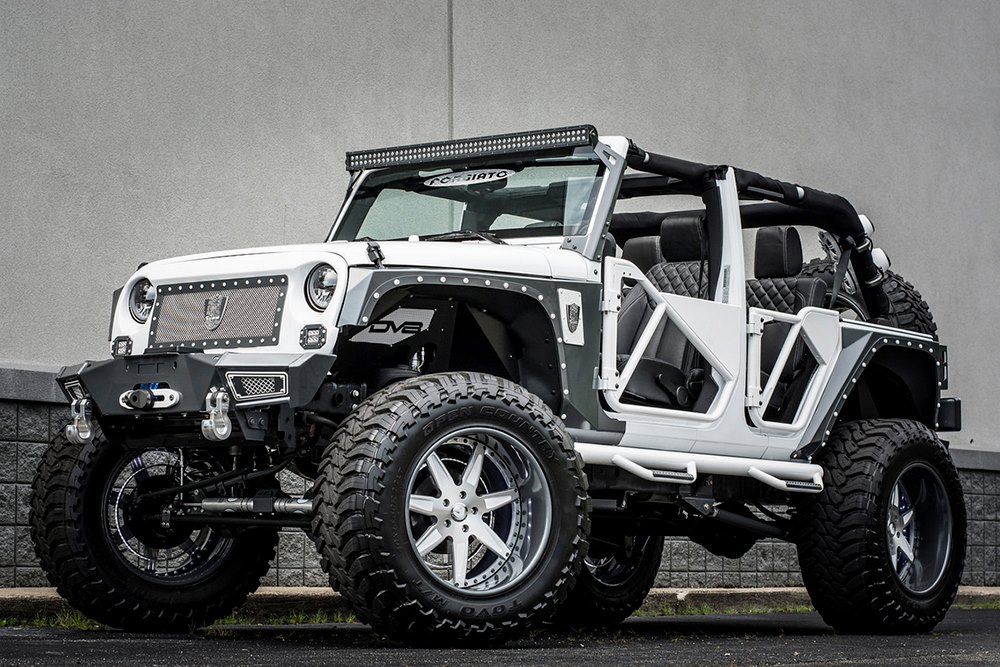
That is true in several cases but let us focus on the automotive modifications and specifically the off-road 4×4. Of course, I am not a guru, and I do not know everything, but I still have enough experience to tell you about this phenomenon, which makes me smile every time.
Whether in a modified car meet or a 4×4 event, we have all already seen modified vehicles which, at first glance, make us wonder about the owner’s priorities. I will give you a typical example to illustrate what I am talking about: a Civic 95 with a Japanese engine swap, a modified air intake, a high-performance exhaust system, a lowered suspension (often homemade by cutting the springs yourself), a kit of skirts and deflectors as well as a spoiler. The vehicle can look good, fast, and efficient, but unfortunately, most of the time, the budget is put on anything flashy. With a vehicle pushed to its limits, it would be wise to ensure that all the basic mechanics are in good condition before spending money on engine performance improvements. A more powerful engine is sure exciting but is it safe to speed up a vehicle without testing the suspension geometry (homemade low suspension), without verifying the state of wheel bearings, without modifying the brakes?
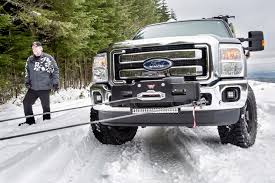
But enough about cars, I was illustrating my point with an example we have all seen. The same happens with off-road 4x4s. In this article, I have put together a list that, in my humble opinion, will help you prioritize your projects, thus allowing you to have a great experience, avoid being a burden on those with whom you ride, and that will save you a lot of time and bad positions. This article is NOT a list of MUST-DO’s but rather a list of things to consider to ensure a positive and long-lasting experience in the off-road world.
When you think of going off-road with a 4WD, I sincerely believe that the first investment should be in rescue/recovery equipment: a good winch (at least 1 ½ times the weight of the vehicle), good front and rear tie-down hooks, a good sling, a bungee rope (Bubba Rope is often the first name that comes to mind, but there are several kinds), a hi-lift, and a toolbox with a minimum of tools to carry out emergency repairs in the trail. And I am only listing the most important!
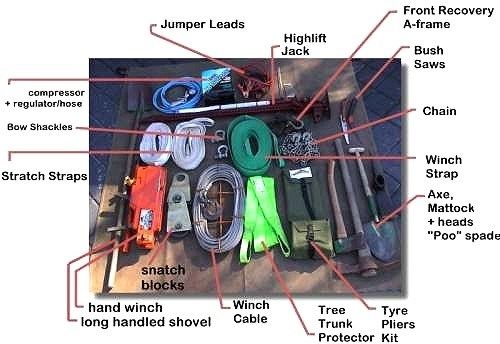
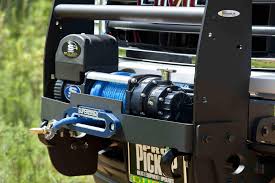
I know it is not quite as flashy as a nice, elevated suspension and cool, big new tires, but I guarantee you can have a lot of fun with a stock vehicle and good recovery equipment! At least you will not be a dead weight to your friends if you happen to venture a little too far for your vehicle’s capabilities or have a minor mechanical breakdown. In addition, you will gain much more experience trying to make your way with a stock vehicle, and you will even take greater pride in it!
When the time comes to put on a higher suspension and bigger tires, there are factors to consider to prevent headaches and band-aid solutions that only solve problems that could have been avoided in the first place.
You should know that the simple fact of raising a vehicle changes its aerodynamics and therefore increases fuel consumption. Adding the increased weight of the tires, the difference in air displaced by the tires, and the extra force required of the engine to move those bigger tires will cause excessive fuel consumption, lack of power and the vehicle will not behave as expected. Also, depending on the suspension brand, the geometry and behavior of the vehicle (spring rate and stiffness of the shock absorbers) can significantly change the handling. Finally, do not forget that this added weight, the shift of gravity, and the different road behavior will also change the braking capacity, the handling, and points where the vehicle will roll over. When shopping to raise your 4WD, the most important thing is to do your homework. By that, I mean that with all the information available (Internet, forums, specialized auto shops, magazines, etc.), you have all the necessary tools to make informed and targeted purchases according to your needs.
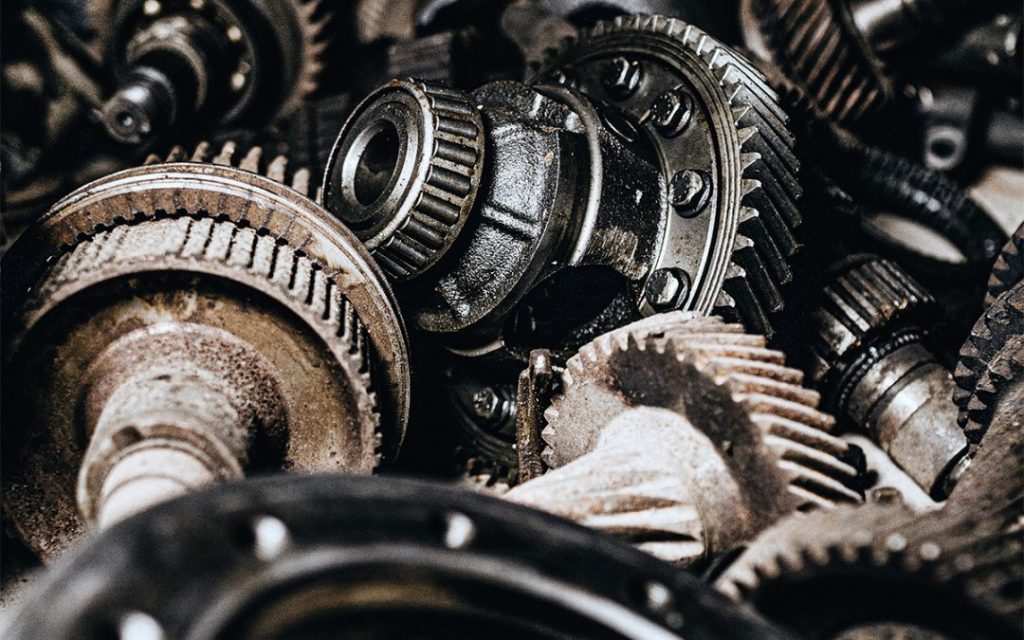
Regarding the solutions I was talking about earlier to counter some effects of larger tires, the most often underestimated one is to change the gear ratio of your differential. I have tested it on a few vehicles, and this change makes the most significant difference. The gear ratio plays a huge role in the equation, whether it is for fuel consumption, acceleration response, transmission behavior, maintaining cruising speed without downshifting, or even the ease of overcoming obstacles.
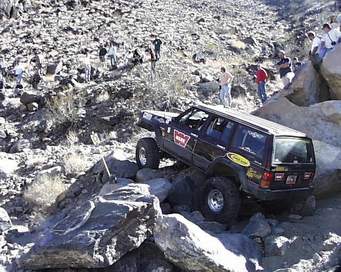
Increasing the gear ratio (e.g., from 3.73:1 to 4.10:1) will increase the number of revolutions required by the engine to make a complete turn of the wheels, which will increase the force deployed. I will go into details in another article for those who want further explanation on this principle. In the meantime, if you wish to change your differential ratio, I strongly advise you to consult a professional and ask lots of questions to get a good idea of your needs. Also, knowing what use you will make of the vehicle is essential, as this has a significant impact on your decision.
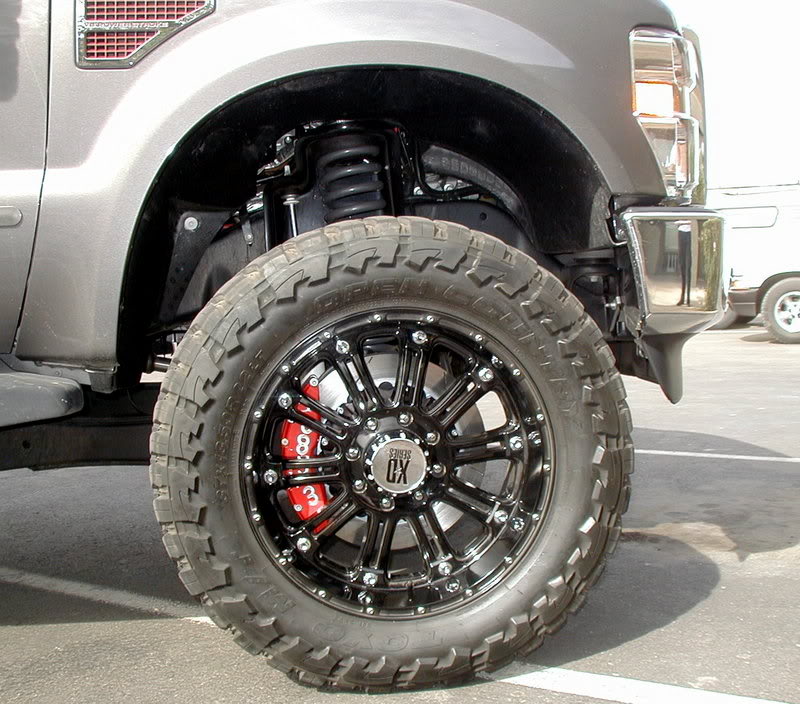
Another underrated solution is the braking system. The increased weight of the tires will increase the vehicle’s kinetic energy (mass x acceleration/speed). If you look a little bit at physics, you will understand that any vehicle’s brake system uses friction to transform kinetic energy into heat energy. Nothing is lost, nothing is created, everything is transformed! So, if you have more kinetic energy, you will also have more heat energy. More heat can cause brake problems like premature wear, drum glazing, disc warping, or even broken calipers. You can improve your braking system with, for instance, high-performance ventilated rotors, high-performance pads with better heat resistance, and drum to disc brake conversion. Plus, drum brakes keep a lot more dirt inside, which will cause them to wear out and rust prematurely.
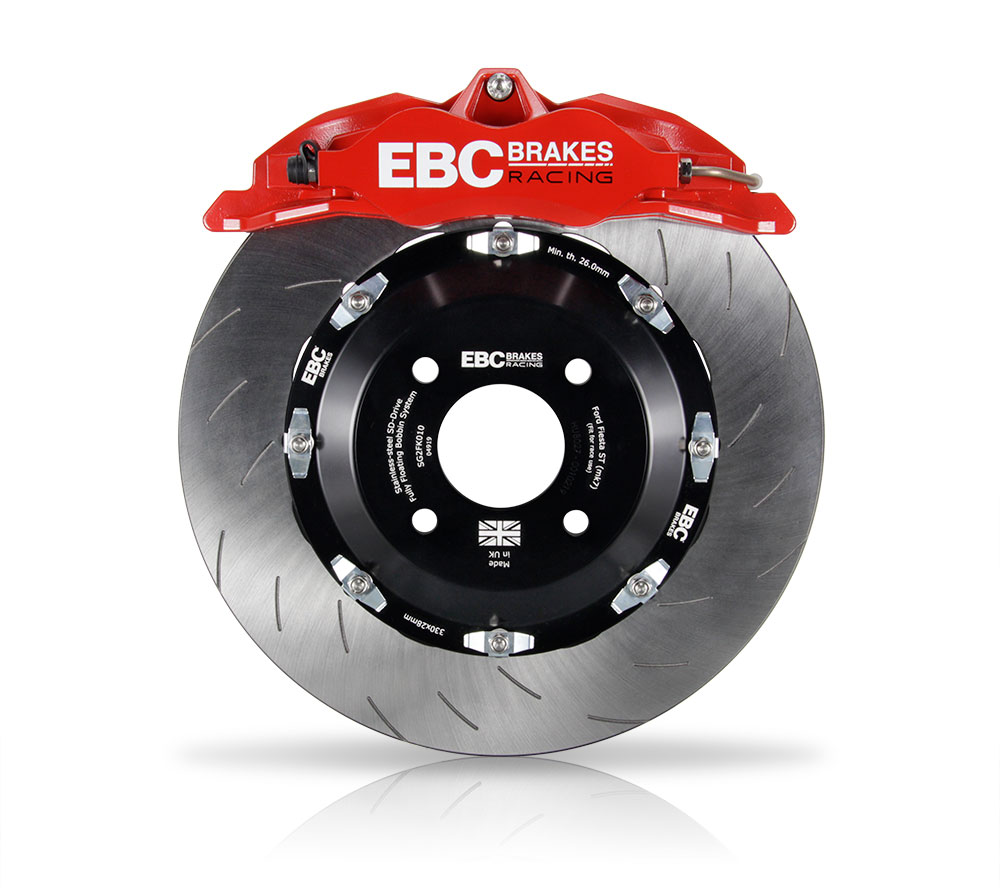
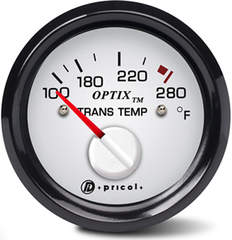
Then comes the transmission. For a manual transmission, there are fewer impacts, although if you put a lot of weight on your tires, a quality clutch could be something to consider to avoid excessive slipping. For both manual and automatic transmission, heat is the number one enemy! And, as with the brakes, friction generates this heat. So, when your clutch slips, it overheats the transmission and can even destroy it. That is even more true in the case of an automatic transmission where the clutches are done automatically. More strain on the automatic transmission will often expose it to more slipping. A transmission radiator can be a great solution to keep the transmission cooler. Depending on the setup, the transmission could be modified to make it stronger (shift kit, higher quality clutches, etc.). One thing that does not cost a lot that will give you peace of mind is a transmission temperature gauge. With that, you always know what is going on inside, and if it starts to heat up, you can give it a break or adapt your driving accordingly. If you are towing with your vehicle, this is even more important! Changing the differential ratio will also go a long way in reducing slippage by putting less strain on the transmission.
I am stopping here to let you simmer it all and not stuff your head with too much information. Come back for the second part… I will talk about vehicle armor (protection plates, differential covers, rock sliders, bumpers, etc.), lighting (adjusting the front headlights, having good lighting that does not drain the electrical system to be able to get out of dead-ends at night, etc.), the importance of dragging a spare tire, and other things to think about! I reiterate that this article does not list mandatory things but rather things to be considered for a positive and pleasant experience for all!
Alex Thibeault 4x4SetupMagazine

